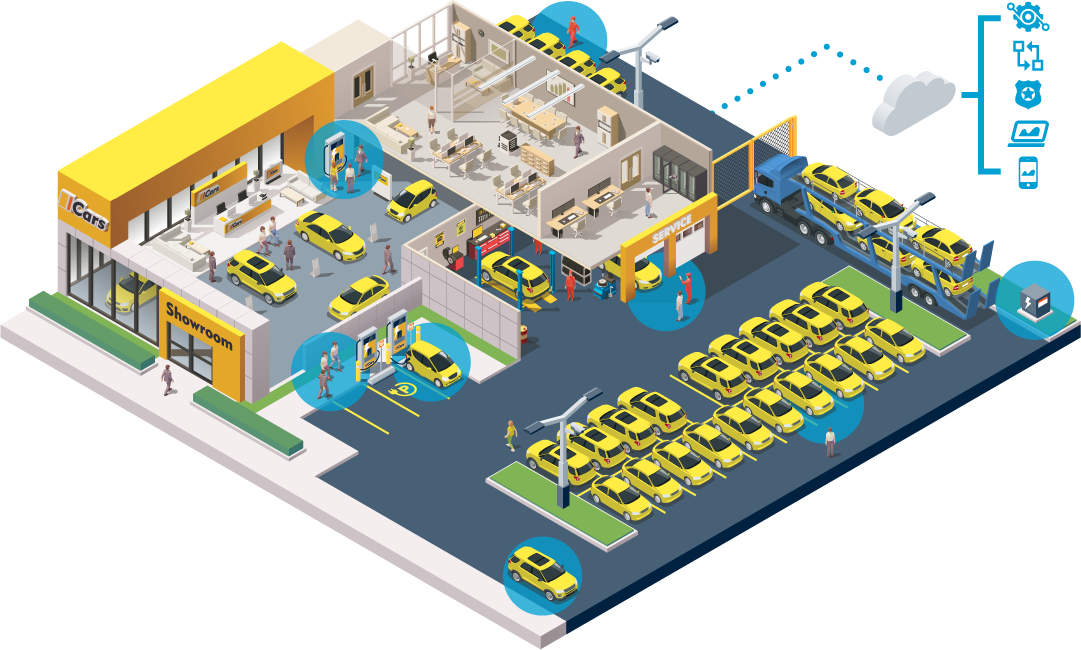Future Energy Glossary Page
Owning, installing, and maintaining electric vehicle charging stations requires you and your company to take a step back and think about each step of the process. It’s easy to get caught up with the day-to-day at work and not give thought to next quarter’s strategies and requirements, much less plan for the maintenance on your EV chargers five years down the road. Let Future Energy help from A to Z with this growing glossary.

Future Energy Is Here to Help
Even companies familiar with electric vehicle (EV) chargers often only have knowledge from the perspective of the end user. That is why Future Energy built this specific glossary. Without proper planning and continued execution, EV chargers can become an additional stressor on your team.
With Future Energy, your installation, maintenance, and costs are easy, stress-free, and streamlined.
Below we explain the basic components and vocabulary in our glossary involving EV charging, as well as the steps you can follow to educate yourself and your team as the future of energy and transportation continue to evolve and become a daily reality.
Glossary
Battery Electric Vehicles, Or Bev
Battery electric vehicles don’t use any gasoline or traditional fuel source. They instead use electricity stored in batteries that power one or more electric motors. These vehicles – by their nature – produce zero tailpipe emissions. Learn more.
Charge Port
Enables the vehicle to be plugged into an external power source to charge its battery packs.
- J-Plug, or SAEJ17772 connectors, are the most common type of charging port / plug in North America. All but one car company uses these. Great for level 1 and level 2 charging.
- Tesla Plug. While Tesla uses their own proprietary plugs for charging at their EV chargers, they also provide an adaptor for every Tesla. This means any Tesla owner can charge at any commonly available J-Plug in North America.
- Combined Charging System, or CCS, connectors are used in conjunction with the J-plug to create a charging experience known as “fast charging.”
Charging
The act of inputting electricity into your vehicle’s battery so that it may be used later for driving.
- Trickle Charge, or Level 1 EV Chargers, are the slowest of all charging methods. This is generally an EV charger plugged into a traditional 3-prong 220v plug. This type of charging is only recommended in urgent cases, with caution and consultation with electricity providers.
- AC Charge, or Level 2 EV Chargers, come from having a full-sized wallbox charger installed. This allows you to charge three to four times faster than your AC household charger would allow. AC charging is also available to the public where installed.
- DC Charge, or Level 3 EV Chargers, are the fastest way to charge your EV. Most often found at public stations, DC fast charging comes from 50kW+ hookups. With this method of charging, you can top off your battery from 20% to 80% in roughly 40 minutes.
Electric Vehicle or EV
Electric vehicles (EVs) use a battery that stores electricity generated from an electric motor instead of a gasoline tank that uses an internal combustion engine to create energy. Learn more.
Emissions
Coming from the tailpipe, or “wheel to wheel,” these are air pollutants produced by internal combustion vehicles or ICE vehicles. These contribute to smog, haze, and greenhouse gasses such as carbon and methane. Learn more.
Fuel Cell Electric Vehicle
Also called FCEVs, these vehicles are powered by hydrogen and produce no tailpipe emissions, emitting only water vapor. While in the early stages of implementation you can find out more here.
Internal Combustion Engine or Ice
Any vehicle powered solely by an internal combustion engine. Historically the most common type of vehicle. Learn more.
Network Chargers
A collection of EV charging stations placed around your neighborhood, city, state, country or continent. These chargers are connected in order to talk to each other and utilize the same infrastructure and payment systems.
Onboard Charger
Converts incoming AC electricity to DC power for charging the battery. Learn more.
Plug-In Hybrid Electric Vehicles or PHEV
PHEVs use both batteries that power an electric motor and other fuels like gasoline that power an internal combustion engine. Each power source has a different purpose. These hybrid vehicles typically use both engines during a drive. Learn more.
Power Load Shedding
When demand for electricity soars to max supply levels, sometimes utility providers will issue “shedding” orders or interrupt service to prevent catastrophic failures. Many businesses affected will be required to cut their energy consumption to the bare minimum for a specified period of time. Learn more.
Power Management
Allows businesses to use data through Future Energy’s proprietary technology in order to avoid shedding demands, price accurately, and avoid ballooning utility bills.
Range
The distance that an EV or ICE can be driven under normal conditions.
Range Anxiety
Historically, EVs have had a total range that is on the low end, exacerbated by historically limited charging infrastructure. This causes drivers to be concerned or anxious about making it to the next charging station without running out of power.
EV charging and chargers have become increasingly common in both availability and visibility. With an estimated 110,000+ charging ports nationwide, it’s clear that EVs and their chargers are the future.




Where Can I Find a Commercial EV Charger Consultant And Consulting?
Contact Future Energy today to find out how our commercial EV charger consulting can help your business. For assistance during business hours, contact Future Energy at (585) 782-4000 or contact us anytime online. Don’t forget to check this page in the future as our glossary continues to grow.
